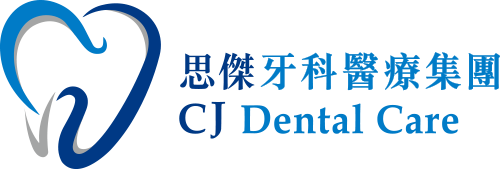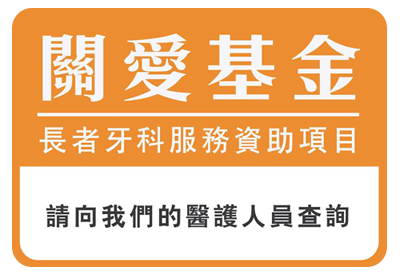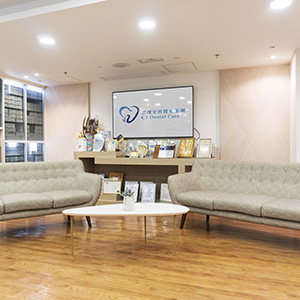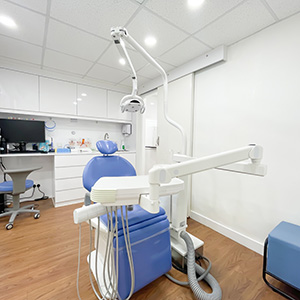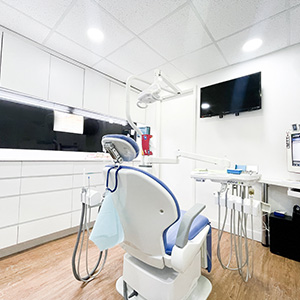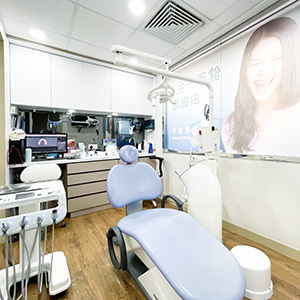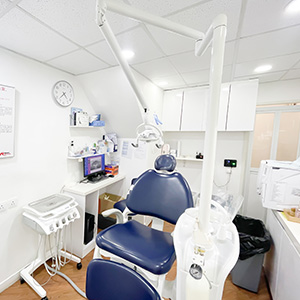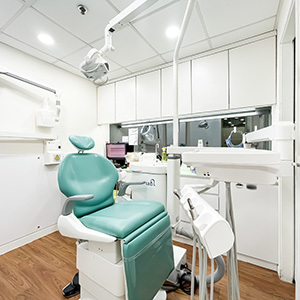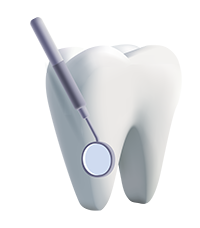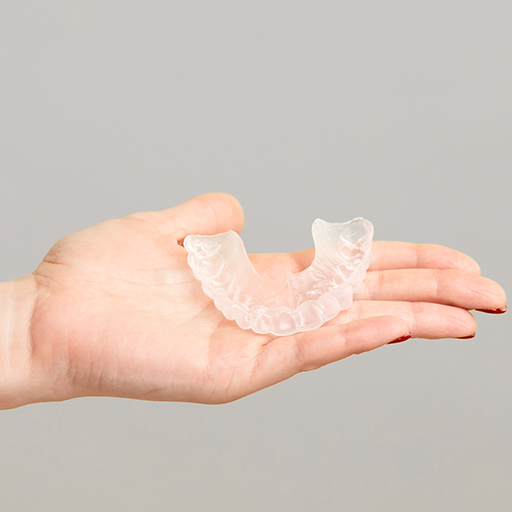
Sleep Apnea Mouth Guard
As we drift off to sleep, the muscles in the throat relax, which can lead to partial blockage of the upper airway. When air passes through a narrowed airway, the soft tissues in the throat vibrate, creating the familiar sound of “snoring.” Individuals with sleep apnea experience more severe airway obstructions than the average person, and they may not only snore but also have difficulty breathing and even periods of breathing cessation.
A sleep apnea mouth guard is a small device that can slightly adjust the position of the lower jaw, helping patients with sleep apnea keep their airway open, thus improving their condition and addressing associated snoring issues.
Q&A
- What Is Sleep Apnoea?
- What Are The Symptoms Of Sleep Apnea?
- How Is Sleep Apnea Diagnosed?
- What Is A Sleep Apnea Oral Appliance?
- What Are The Benefits Of Improving Sleep Apnea?
- Am I Suitable For Using A Sleep Apnea Oral Appliance?
- What Are The Differences Between Custom Fitted Oral Appliances And Over-The-Counter Non Custom Appliances For Snoring And Sleep Apnea?
- Will Sleep Apnea Mouth Guard Move Teeth Position?
- Is It Normal To Drool When Using A Sleep Apnea Mouth Guard?
Sleep Apnea Syndrome is a common respiratory problem, prevalent in Hong Kong. It is estimated that approximately 2-4% of the local population suffer from sleep apnea.
Individuals with sleep apnea experience obstruction of the upper airway during sleep due to relaxation of muscles, causing soft tissues in the oral cavity (including the tongue, soft palate, and throat) to collapse backwards and block the airway, resulting in disrupted airflow. This leads to episodes of choking, which can cause temporary oxygen deprivation to the brain, prompting brief awakenings to signal the individual to breathe forcefully, causing vibration of the surrounding soft tissues and resulting in snoring.
Patients may experience episodes during sleep where the airway is completely blocked by soft tissues, leading to pauses in breathing. These episodes can occur hundreds of times each night, lasting from about 10 seconds to several minutes each time, causing brief periods of oxygen deprivation, frequent arousals, restoration of normal breathing, and then back to sleep only to experience another brief choking episode, repeating the cycle. This fragmented sleep pattern makes it difficult to enter deep sleep stages. Even with a longer duration of sleep, poor sleep quality can leave patients feeling tired, fatigued, and affecting their daily life and work performance upon waking. Additionally, sleep apnea may also lead to hypertension, increasing the risk of developing other metabolic conditions such as diabetes, cardiovascular diseases, and cerebrovascular diseases.
- Persistent fatigue
- Poor concentration
- Morning headaches
- Mood swings
- Night sweats
- Weight gain
- Lack of energy
- Impaired memory
- Sexual dysfunction
- Nocturia (frequent urination at night)
Clinical Examination
Doctors will inquire about medical history, conduct a physical examination, and diagnose sleep apnea based on clinical symptoms and examination results, while ruling out other similar conditions.
Tests
Common tests include sleep studies, flexible nasopharyngoscopy, Epworth Sleepiness Scale assessment, and sleep endoscopy.
A comprehensive sleep study is an effective method for diagnosing sleep apnea. This test involves using electronic devices to record a patient’s body activity during sleep and is a non-invasive, painless, and accurate method for sleep analysis. Patients can undergo sleep studies in a hospital setting or choose to do so at home.
Sleep studies monitor various indicators of a patient’s sleep, including:
- Electroencephalogram (EEG)
- Electrocardiogram (ECG)
- Blood oxygen saturation
- Respiratory rate
- Apnea-Hypopnea Index (AHI)
- Eye movements
- Snoring
- Body position
- Leg movements
- Sleep stages
- Abnormal movements
Sleep apnea oral appliance is a specially designed dental device that functions by gently pushing the jaw forward during sleep to open the upper airway at the back of the throat. This aids in promoting smooth airflow through the upper airway, reducing snoring issues caused by soft tissue vibration and helping to alleviate symptoms of sleep apnea.
There are many benefits to improving sleep apnea. Common symptoms of sleep apnea include snoring problems, oxygen deprivation due to upper airway obstruction during sleep, and frequent awakenings that affect sleep quality. Treatment with a sleep apnea oral appliance effectively addresses upper airway blockage issues, reduces snoring frequency, enhances sleep quality, and improves the quality of sleep for patients and their partners.
In addition, sleep apnea is associated with metabolic diseases such as hypertension and emotional well-being. Improving sleep apnea can promote physical health, emotional stability, interpersonal relationships, and overall quality of life.
A sleep apnea oral appliance is not suitable for everyone, for example:
- Individuals undergoing orthodontic treatment (such as wearing braces).
- Individuals with loose teeth or dentures.
- Individuals with severely misaligned teeth.
- Individuals who have had a history of central sleep apnea, severe respiratory disorders, or temporomandibular joint disorder (TMD).
- Individuals experiencing jaw joint friction or pain.
- Individuals with full dentures or severe periodontal disease.
Customized sleep apnea oral appliances made by dentists differ from over-the-counter snoring mouthpieces in several ways:
- Individually tailored sleep apnea oral appliances are personalized to fit the unique teeth alignment and oral structure of the patient, providing a more comfortable wearing experience and effectively addressing sleep apnea symptoms.
After the appliance is crafted, patients need to attend regular follow-up appointments at the dental clinic for check-ups. Dentists will closely monitor the progress of the treatment to ensure symptom improvement. Typically, the patient will need to have three to four follow-up visits in the first six months, during which the dentist will adjust the oral appliance as needed, conduct detailed examinations, and ensure that the treatment progresses smoothly. Once the condition stabilizes, patients may only need to visit once a year to further improve symptoms.
- On the other hand, over-the-counter appliances for snoring and sleep apnea offer limited size options but lack dentist evaluation and follow-up. Patients may struggle to determine if the chosen appliance is suitable for their own oral structure and teeth alignment. This may result in incomplete improvement of sleep apnea symptoms or even lead to dental development issues and oral hygiene concerns.
The treatment principle of sleep apnea mouth guard is to expand the airway by moving the jaw forward to improve snoring problems. Therefore, the teeth may be affected by pulling all night, which may cause the teeth to feel misaligned and may make the chin position feel changed. This feeling is most noticeable a few hours after waking up in the morning, and you may feel that the upper and lower teeth do not align when biting, but usually this feeling will gradually disappear and return to normal.
Drooling when using a sleep apnea mouth guard is a normal phenomenon. Due to the unnatural throat movements after wearing the mouth guard, the body increases saliva production to cope with swallowing difficulties, which may lead to drooling. Most users of sleep apnea mouth guards generally get used to the mouth guard within a few days or weeks (usually within a few days to a few weeks), and the drooling issue will gradually improve.
